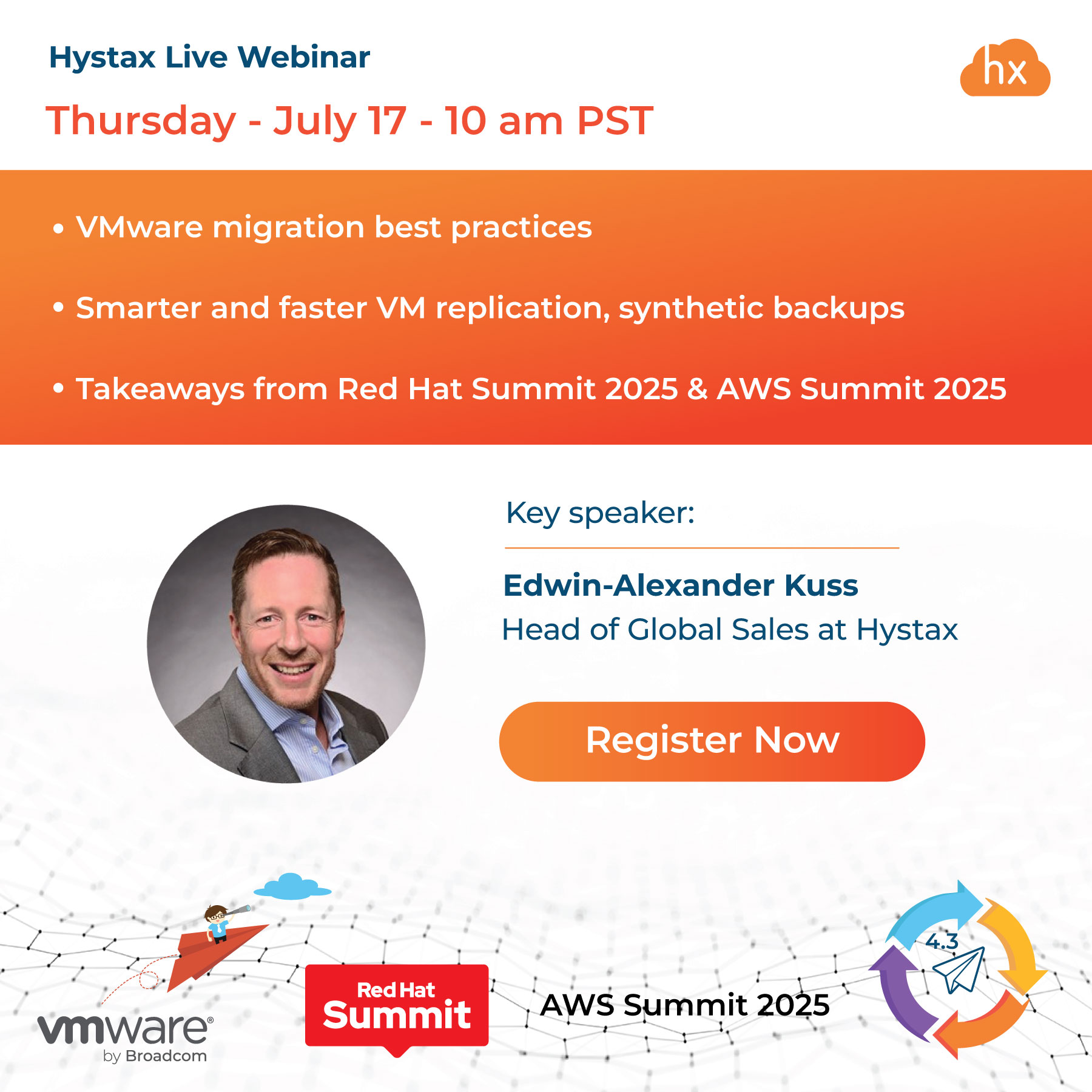Introduction
In today’s digital landscape, organizations are increasingly adopting multi-cloud strategies to leverage the benefits of multiple cloud providers. This article comprehensively explains the multi-cloud strategy, its advantages, and how it differs from hybrid cloud approaches.

What is a multi-cloud strategy?
Multi-cloud definition
A multi-cloud strategy involves using multiple cloud service providers or platforms to meet diverse organizational needs.
Applications: it can be utilized for hosting applications or websites (software-as-a-service), executing specific tasks related to an application (platform-as-a-service), or serving as an underlying technology infrastructure (infrastructure-as-a-service).
Public and Private Clouds: a multi-cloud strategy can consist of multiple public clouds or a combination of public and private cloud providers.
Flexibility and specialization: the underlying principle is that no single cloud provider can fulfill an organization’s unique requirements.
A multi-cloud strategy extends beyond just creating a multi-cloud environment
The pitfall of complexity: while a multi-cloud environment provides flexibility, it can lead to unnecessary complexity without a deliberate strategy.
Addressing shadow data: cloud computing often results in the emergence of “shadow data” stored outside approved databases. Automation and retention policies can help mitigate this risk.
Importance of the strategy: a well-thought-out multi-cloud strategy allows leaders to understand the differences between cloud providers and platforms, enabling them to leverage the best features for their applications, systems, or infrastructure.
Differentiating multi-cloud from hybrid cloud:
Multi-cloud strategy. Utilizes two or more distinct public clouds to meet organizational requirements.
Hybrid cloud strategy: This strategy incorporates various types of infrastructure, including a mix of public and private clouds or solely private cloud and on-premise solutions.
Why consider a multi-cloud strategy?
Driving business outcomes. The multi-cloud strategy delivers three key benefits: business outcomes and cost optimization. A 2020 survey revealed that 76% of companies already embrace two or more public clouds, with larger organizations often utilizing an even more significant number.
Varied clouds, unlimited potential. Not all clouds are created equal. Multi-cloud strategy empowers leaders to harness the strengths of multiple cloud providers, unlocking unlimited potential for their organizations.
Benefits of multi-cloud strategies
Flexibility unleashed:
Embracing diversity: multi-cloud strategies enable organizations to build solutions that leverage the best-of-breed services, exceptional integrations, and diverse pricing structures offered by different cloud providers.
Tailored proximity: with a multi-cloud, leaders can host their solutions with regional cloud providers, strategically placing them closer to their users. This opportunity ensures compliance with regional data regulations, bolstering trust and confidence.
Failover confidence:
Uninterrupted performance: multi-cloud architecture brings resilience to the forefront. By dispersing solutions across multiple cloud providers, organizations safeguard against single-point failures. If one cloud provider experiences downtime, the others seamlessly take over, ensuring uninterrupted service.
Mitigating outage risks: a multi-cloud strategy provides a safety net for businesses that cannot afford to lose access to their data. Swift recovery from cloud outages protects organizations, maintaining productivity and customer satisfaction.
Why do companies opt for multi-cloud?
The strategy of portability
Multi-cloud has become a powerful ally in combating vendor lock-in. Organizations can easily migrate their entire solution or data from one cloud provider to another, empowering them in cost negotiations. However, balancing Portability and leveraging robust, proprietary services for optimal solutions is essential.
The strategy of expansion
Multi-cloud also serves as a gateway to expanding the horizons of an organization. By incorporating additional cloud platforms into the environment, companies tap into new and superior services specific to each platform. While this approach requires careful consideration of cost and overhead, it can yield long-term benefits, driving better systems and generating substantial returns on cloud investments. In a digital landscape where one size does not fit all, a multi-cloud strategy empowers organizations to unlock the full potential of varied cloud providers. Companies can confidently navigate the evolving cloud landscape by embracing flexibility, proximity, failover protection, portability, and expansion strategies. The multi-cloud approach ensures that businesses have the agility and capabilities to adapt, innovate, and thrive in the ever-changing world of cloud computing.
Overcoming challenges in multi-cloud strategies: empowering success
Understanding the challenges
Accidental multi-cloud environments. The ease of adopting Software-as-a-Service (SaaS) solutions has led to end users implementing cloud tools without proper IT involvement. This can increase management overhead, security risks, and cloud costs. Creating and enforcing governance policies becomes crucial to prevent accidental multi-cloud solutions and protect the integrity of the cloud environment.
Keeping pace with technological changes. The rapid pace of technological advancements can make it challenging for leaders to stay updated. It’s easy to feel pressured to adopt multi-cloud simply because others are doing so. However, organizations may face additional complexities and frustrations within their cloud teams without a clear understanding and a well-defined strategy.
Addressing security risks
Streamlining security. Begin by evaluating the necessity of a multi-cloud environment. Simplifying the architecture can significantly enhance cloud security. Familiarize your team with the selected cloud providers through comprehensive training, enabling them to identify and address security vulnerabilities proactively. Investing in specialized security tools that offer data tracking, access management, key management, and workload management capabilities is crucial for maintaining security across the multi-cloud environment.
Complexity and security. Securing one cloud platform is challenging, and incorporating multiple platforms complicates the security landscape. The diversity in security settings and shared responsibility models across cloud providers adds complexity. Organizations must identify these differences and equip their teams with the knowledge and skills to compensate for them.
Driving success in multi-cloud strategies
Precise evaluation and planning. Conduct a thorough review before adopting a multi-cloud approach to ensure it aligns with your organization’s specific needs and objectives. Develop a well-defined plan that outlines the benefits, potential challenges, and steps for implementation and management.
Robust governance and policies. Establish strong governance policies to govern the adoption and usage of cloud services. These policies should encompass data security, compliance requirements, vendor management, and general cloud usage guidelines.
Skilled and empowered teams. Foster a culture of continuous learning and provide regular training to enhance the skills and knowledge of your IT teams. Encourage collaboration between technologists and security experts to strengthen the overall security posture of the multi-cloud environment.
Partner with experts. Consider leveraging the expertise of third-party security providers specializing in multi-cloud environments. They can offer advanced security solutions, monitoring tools, and guidance to ensure the highest level of protection across your multi-cloud infrastructure.
Navigating the complexity
Building and operating a multi-cloud environment requires a deep understanding of the underlying infrastructure complexities. When incorporating a new cloud platform, it’s not just about the desired features but also about embracing additional complexity. This complexity brings challenges such as increased costs, security risks, and overhead. However, there are ways to mitigate these obstacles and empower your team for success.
Equipping your team for multi-cloud excellence
To tackle the intricacies of multi-cloud environments, you must provide your team with the necessary tools, time, and technology to develop their multi-cloud skills. Start by encouraging them to pursue cloud certifications offered by the respective providers. Additionally, there are numerous on-demand courses available that can effectively prepare your team for certification assessments. Practical experience is equally important, which can be gained through hands-on labs, skills assessments, and sandboxes. These resources enable your team to transform their intellectual knowledge into real-world proficiency.
Overcoming time constraints
Technologists often face the challenge of limited time for skill development. As a leader, you must prioritize individual learning time and ensure your team reaches the required technical proficiency level to manage the environment effectively. By setting aside dedicated periods for skill enhancement and fostering a culture of continuous learning, you empower your team to stay ahead in an ever-evolving cloud landscape.
Driving success in multi-cloud management
Comprehensive understanding
Foster an environment that encourages your team to understand each cloud platform in use comprehensively. This knowledge equips them with the expertise needed to navigate the intricacies of the multi-cloud environment and make informed decisions.
Collaboration and knowledge sharing
Promote collaboration among team members to facilitate knowledge-sharing sessions. By leveraging the collective expertise within the team, you unlock innovative approaches, share best practices, and accelerate problem-solving.
Embracing automation
Leverage automation tools and technologies like OptScale to streamline and simplify multi-cloud management. Automating repetitive tasks and implementing standardized processes significantly reduce complexity, improve efficiency, and enhance overall operational effectiveness.
Organizations can successfully manage the complexities of environments by prioritizing skill development, fostering a learning culture, and embracing automation. Empowered teams will be better equipped to optimize multicloud strategies, driving innovation, cost-efficiency, and heightened security within their cloud ecosystems.



